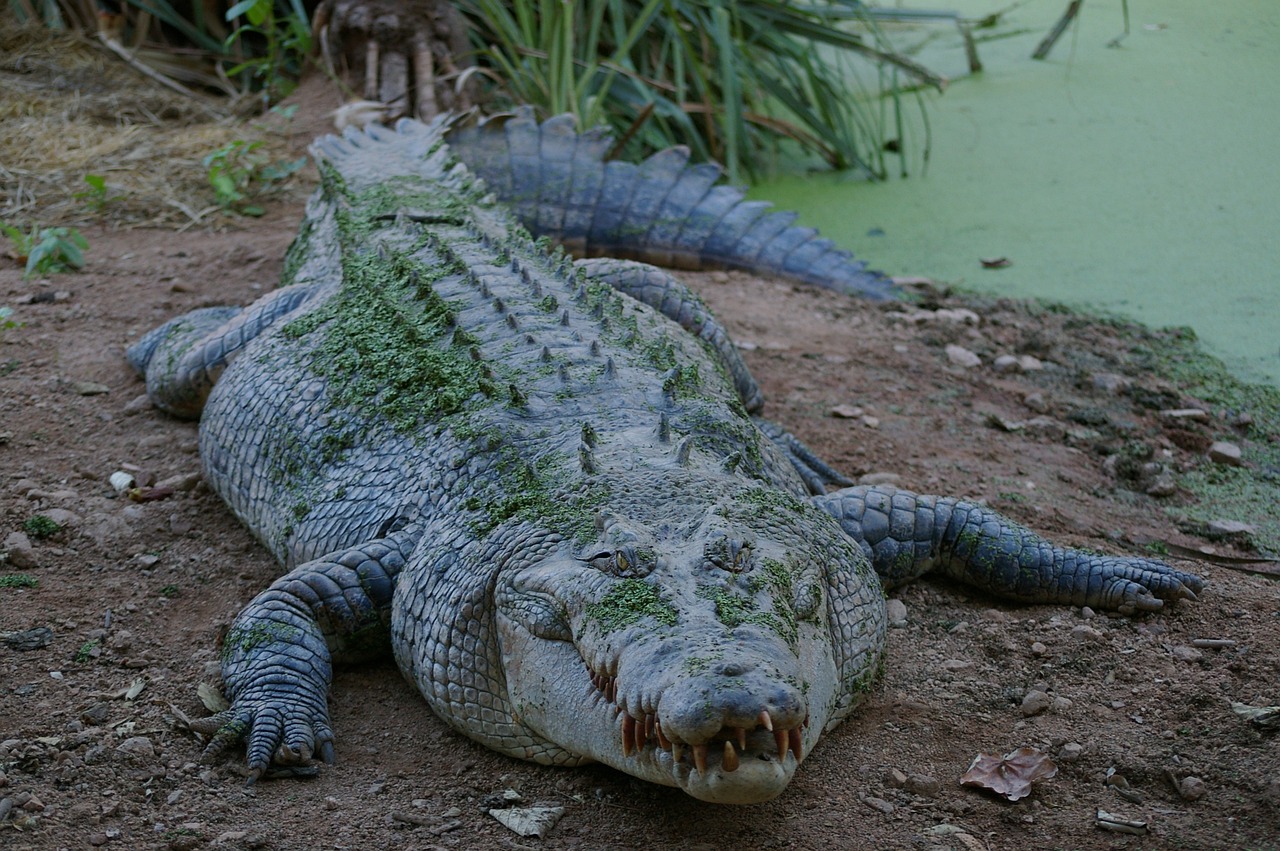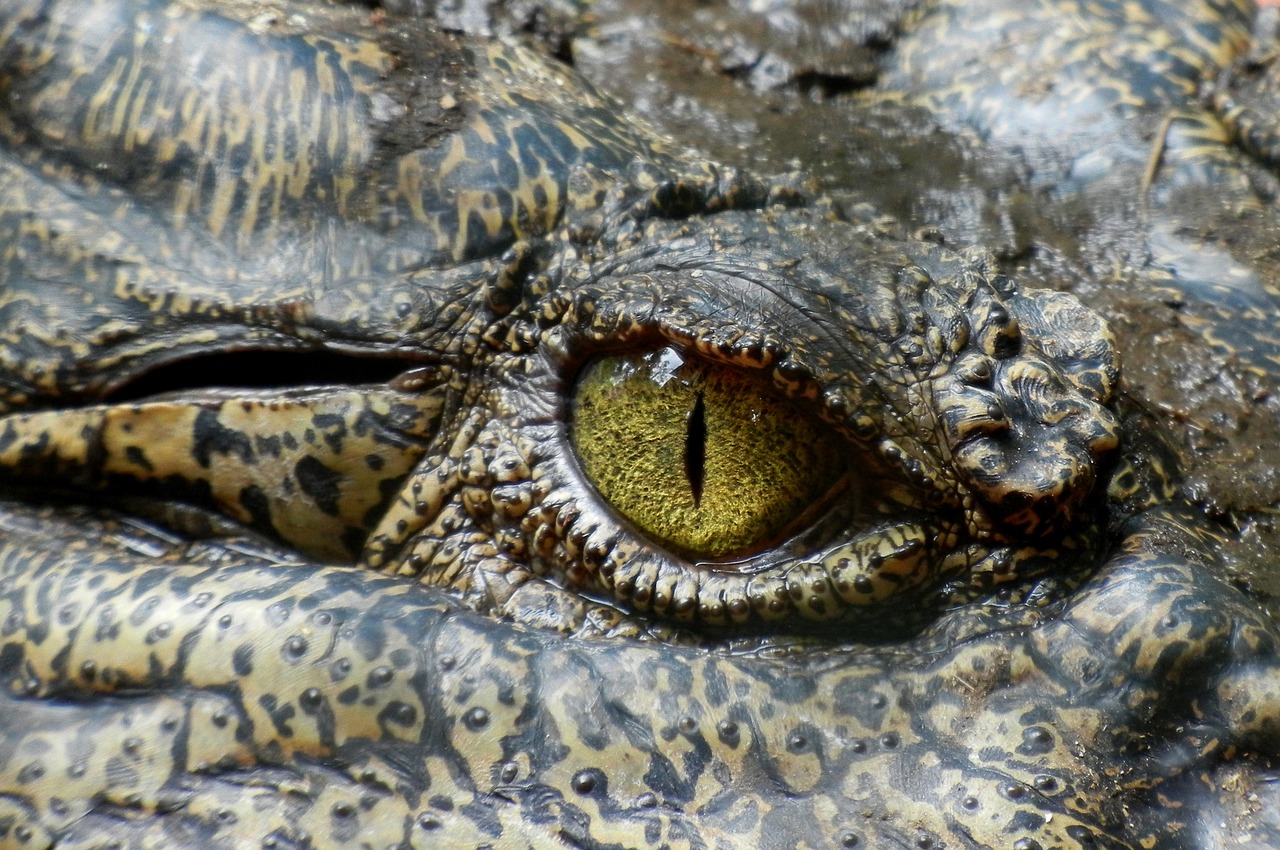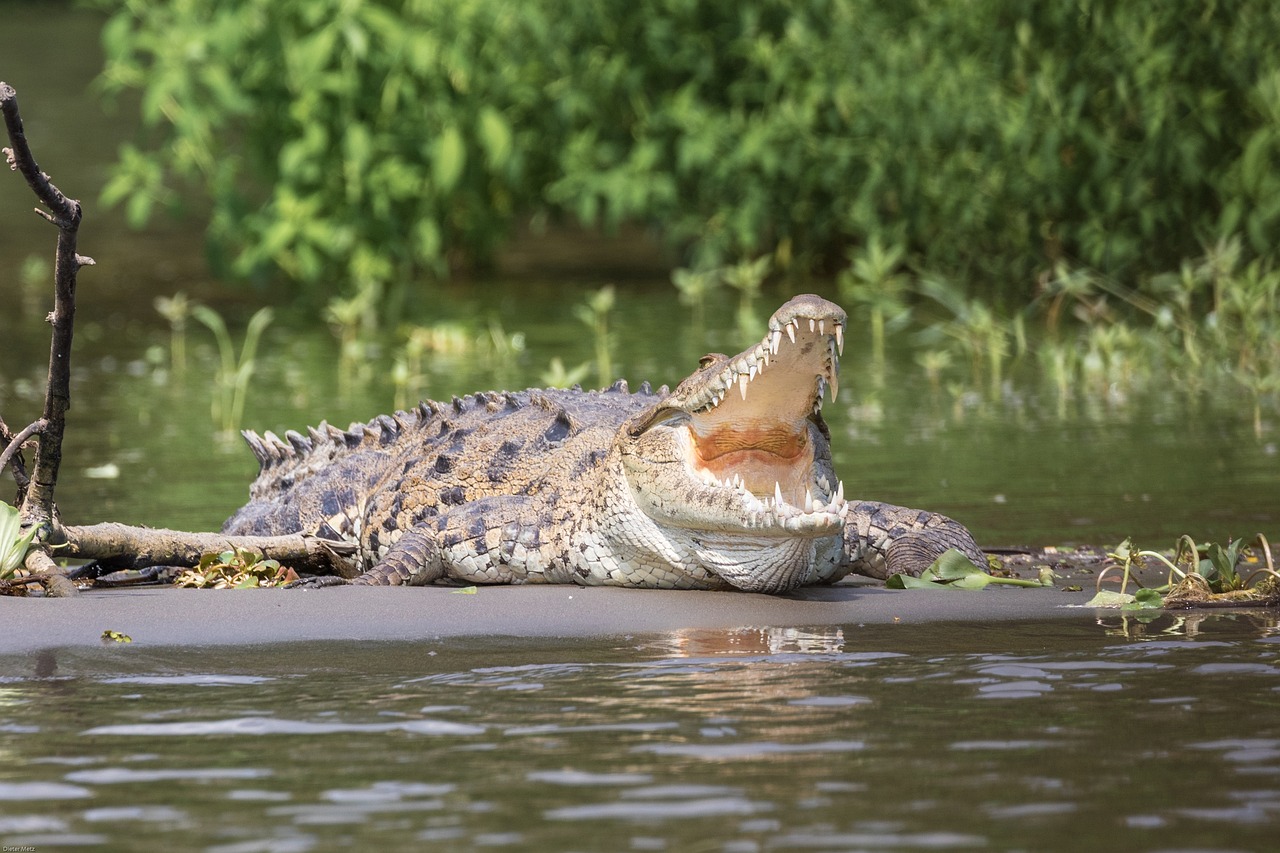CROCODILE
Crocodilian
Class : Reptilia (Reptiles)
Scientific Name : Crocodylus niloticus.
FAMILY : Alligatoridae, Crocodylidae, Gavialidae
SPECIES : 23
GENERA : 8
About
It's a croc,
A cold-blooded, thick skinned, and egg-laying, the ancient order of crocodilians strikes terror in the hearts of many and respect in others—or perhaps a bit of both. The fact is, crocodilians—alligators, crocodiles, caimans, and gharials—are a misunderstood group of animals, most of which face serious threats to their habitat as well as being hunted for their skin by humans. Of the 23 species of crocodilians, 7 are critically endangered, and nearly all are at risk in some part of their range.
Big differences
Shape of the jaw— Alligators tend to have wide, U-shaped, rounded snouts, while crocodiles tend to have longer, more pointed, V-shaped snouts.
Threats
Crocodilians, including crocodiles, alligators, caimans, and gharials, face numerous threats that endanger their populations. Habitat loss and degradation due to deforestation, wetland drainage, and water pollution are major concerns, reducing their natural living spaces and affecting their health. Illegal hunting and poaching for the skin trade, bushmeat, and traditional medicine also pose significant risks. Human-crocodilian conflict arises from habitat encroachment, leading to attacks on humans and livestock, often resulting in retaliatory killings. Additionally, climate change impacts, such as rising temperatures and sea-level changes, further threaten their survival by altering their habitats and breeding patterns.
Conservation Action
American alligator.Out Of the 23 crocodilian species, 12 are in need of conservation help. Many croc species are hunted by people for their skins to make shoes and luggage, and some have suffered from a loss of habitat. But there are conservation success stories, too. The American alligator was listed as endangered in 1967, after being heavily hunted for its hide and meat, and its numbers plummeted to about 200 animals. But through managed breeding and conservation of populations, these alligators were declared “fully recovered” by 1987. Today, they are found in the southeastern United States, and hunting these animals is tightly regulated.
Life Span
30 to 75 years, depending upon the species
Young
Incubation : 55 to 110 days, depending upon the species
Eggs : 10 to 60, depending upon the species
Size at hatch : 7 to 10 inches (20 to 25 centimeters) long; weighs 1 to 2.5 ounces (30 to 70 grams)
Maturity : 4 to 15 years, depending upon the species
Size
Largest : Saltwater crocodile reaches 23 feet (7 meters), but averages 16 to 20 feet (5 to 6 meters); weighs 2,000 pounds (908 kilograms)
Smallest : Cuvier's dwarf caiman, at 4 to 5.6 feet (1.2 to 1.7 meters); weighs 13 to 15 pounds (6 to 7 kilograms).
Fun Facts
Crocodilians keep growing all their lives.
A crocodilian’s tongue doesn't move—it's attached to the bottom of its mouth.
All crocodilians store fat in their tails, so they can go for quite a while without eating, if necessary—as long as two years for some big adults.
What is the group name for alligators? A congregation.
GALLERY




